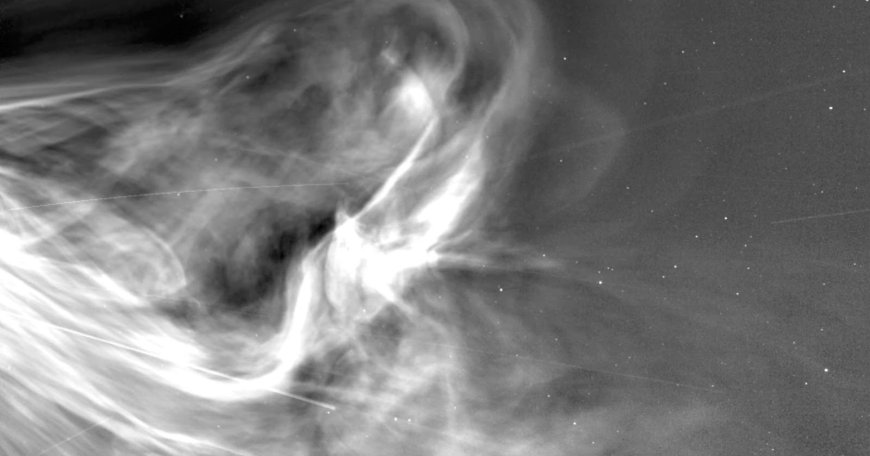NASA's Parker Solar Probe Takes Closest-Ever Photos of the Sun
NASA's Parker Solar Probe recently made its closest pass by the Sun, capturing remarkable images that provide valuable data for studying the Sun's impact on Earth and the solar system. The probe's images show the Sun's corona, solar wind, and coronal mass ejections in high-resolution detail, shedding light on space weather phenomena.

NASA’s Parker Solar Probe made its closest-ever pass by the Sun last year, capturing remarkable images from the historic fly-by. Launched in 2018, the probe orbited just 3.8 million miles from the Sun’s surface, providing valuable data for studying the Sun’s influence on Earth and the solar system.
The images taken by the probe show the Sun’s corona, solar wind, and coronal mass ejections in high-resolution detail. These images help scientists understand space weather threats and the impact on Earth and technology throughout the solar system.
The Parker Solar Probe has significantly enhanced our understanding of the Sun and solar wind. By getting closer to the Sun than any artificial object before, it has provided new insights into the Sun’s magnetic fields, coronal boundary, and surface.
While many mysteries remain, the probe continues to collect data to unravel the origins of solar wind and its behavior. The next pass is scheduled for September 15, 2025, promising more discoveries about our closest star.
According to the source: PetaPixel.
What's Your Reaction?
 Like
0
Like
0
 Dislike
0
Dislike
0
 Love
0
Love
0
 Funny
0
Funny
0
 Angry
0
Angry
0
 Sad
0
Sad
0
 Wow
0
Wow
0













































































































































































